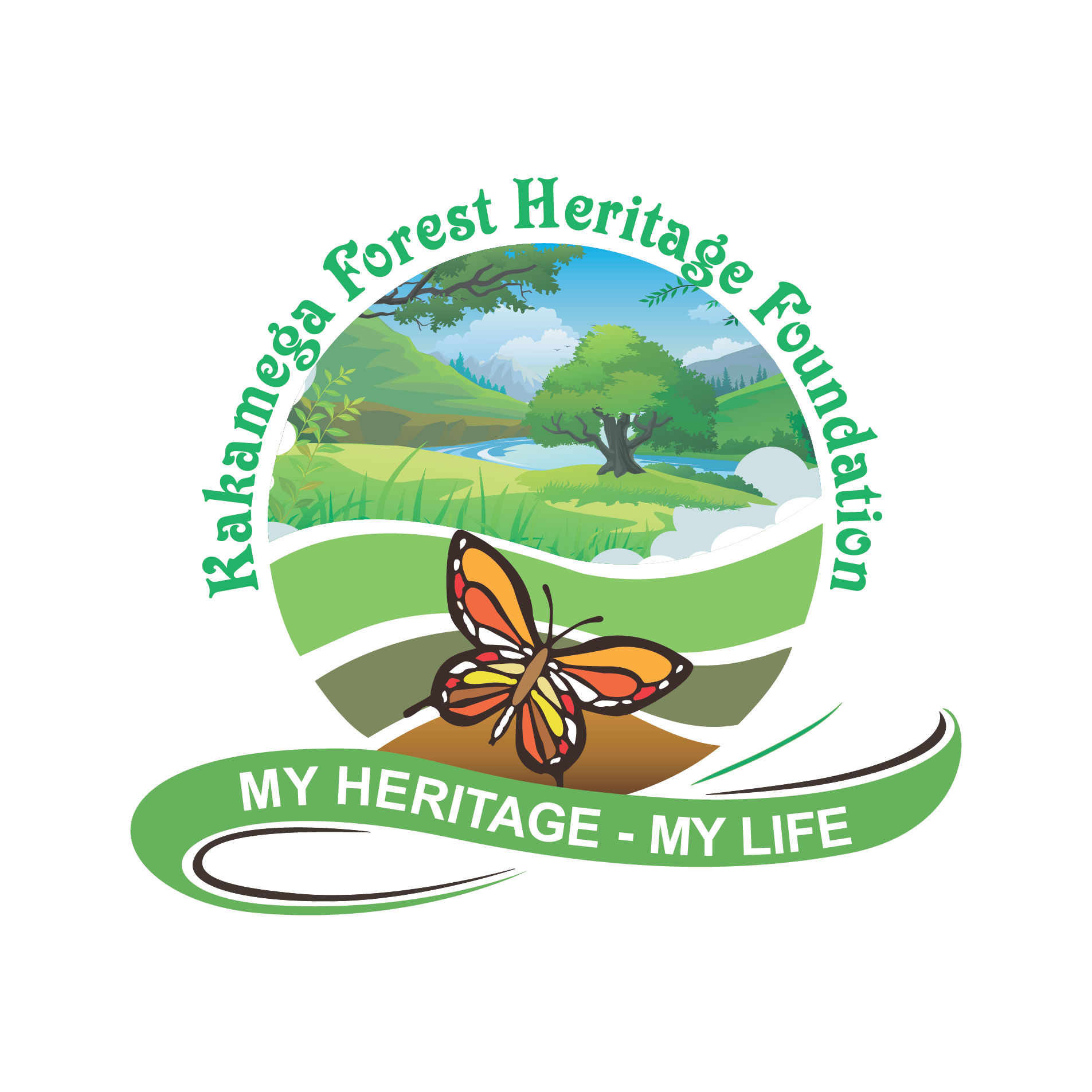Nobel Laureate Prof. Wangare Maathai once said, “We are called to assist the Earth to heal her wounds and in the process heal our own – indeed, to embrace the whole creation in all its diversity, beauty and wonder. This will happen if we see the need to revive our sense of belonging to a larger family of life, with which we have shared our evolutionary process.”
Given that the future of forests depends much more on the actions of non-foresters than the efforts of foresters, this communication gap is bound to have serious consequences. Forest-related communications today need to tackle misconceptions that have become ingrained after decades of overly simplified messages that have emerged because foresters have been unwilling or unable to make their voice heard.
The gloom-and-doom deforestation message has definitely hit home and left little space for nuanced narratives or discussions on forest economies and sustainable forest management. We need to bring these positive stories to the fore, to paint a more complete picture of forests and their values. This is true with our society today.
The conversation has dwelled on deforestation without appreciating the integrity that comes with creating awareness on forest conservation and restoration.
With Kakamega Forest Heritage Foundation, the conversation starts with conservation and restoration of forests and at its core, is the Kakamega Rain forest. Trees have always been the most penetrating preachers. We revere them when they live in tribes and families, in forests and groves. And even more when they stand alone.
Their highest boughs the world rustles, their roots rest in infinity; but they do not lose themselves there, they struggle with all the force of their lives for one thing only: to fulfill themselves according to their own laws, to build up their own form, to represent themselves.
Nothing is more exemplary than a beautiful, strong tree. When a tree is cut down and reveals its naked death-wound to the sun, one can read its whole history in the luminous, inscribed disk of its trunk, in the rings of its years, its scars, all the struggle, all the suffering, all the sickness, all the happiness and prosperity stand truly written.
The narrow years and the luxurious years, the attacks withstood, the storms endured. And as it’s known the hardest and noblest wood has the narrowest rings. High on the mountains and in continuing danger the most indestructible, the strongest, the ideal trees grow. This is true with the Kakamega rain forest.
The green gold of our country. The magnificence of this evergreen forest is purely unmatched and the dangers it faces cannot be understated. For these reasons the forest has to be conserved for the survival of our generation and generations to come.
Trees have long thoughts, long-breathing and are restful, just as they have longer lives than ours. They are wiser than we are, as long as we do listen to them. When we have learned how to listen to trees, then the brevity, the quickness and the childlike hastiness of our thoughts achieve an incomparable joy. Whoever has learned how to listen to trees no longer wants to be a tree. He wants to be nothing less than a tree protector.
Kakamega forest marathon, a noble initiative by the Kakamega Heritage Forest Foundation is an informed initiative by those who have heard and listened to the trees, its focus is on conservation and restoration of the Kakamega forest.
The conversation has began! Be part of it and let us protect our green gold.

